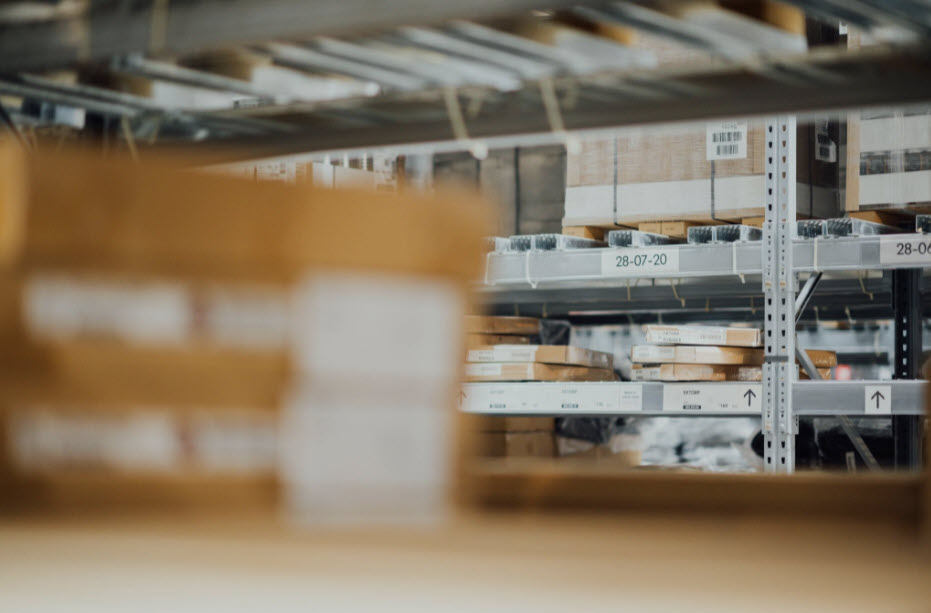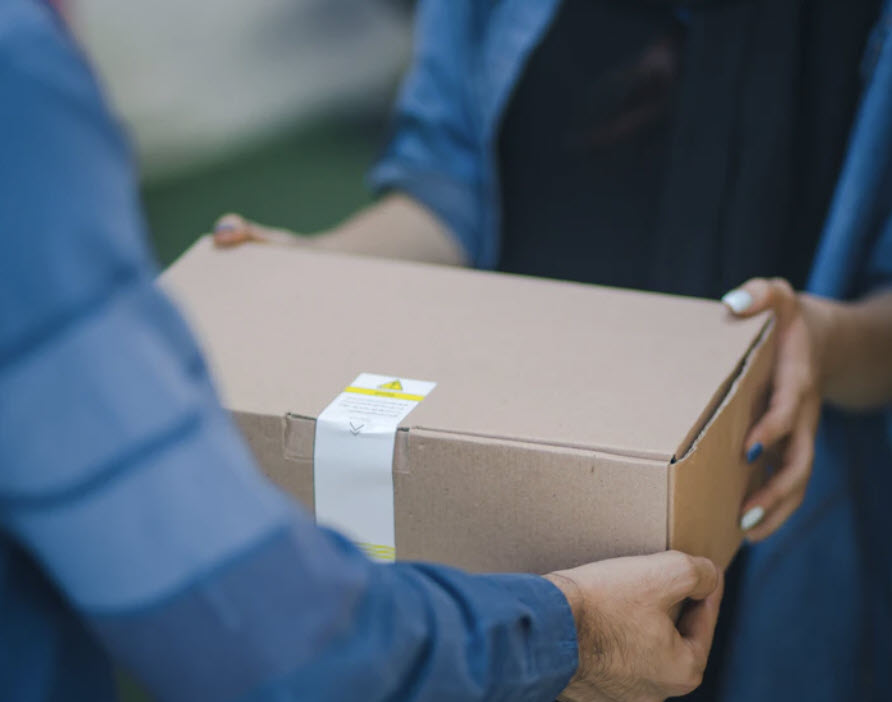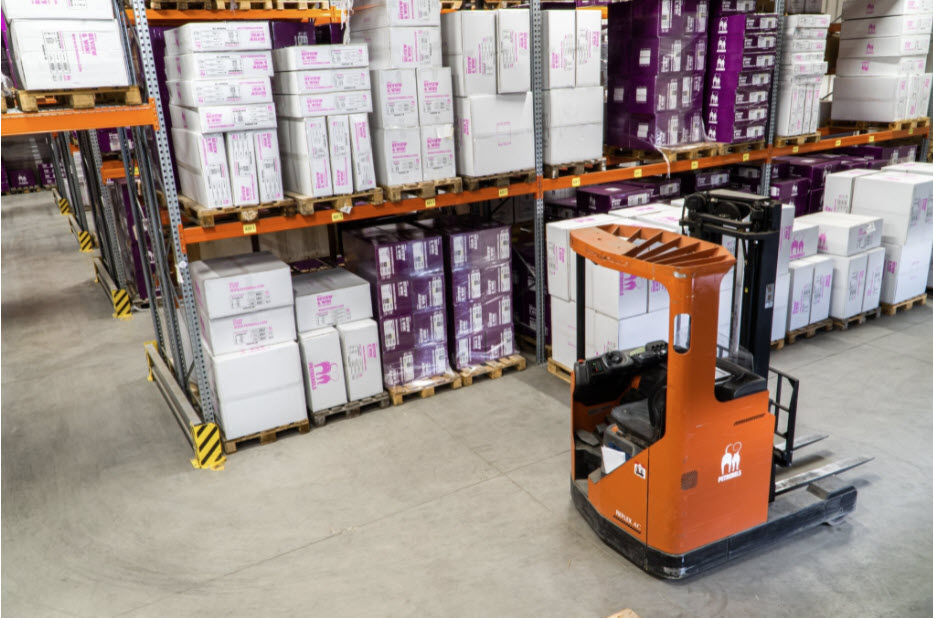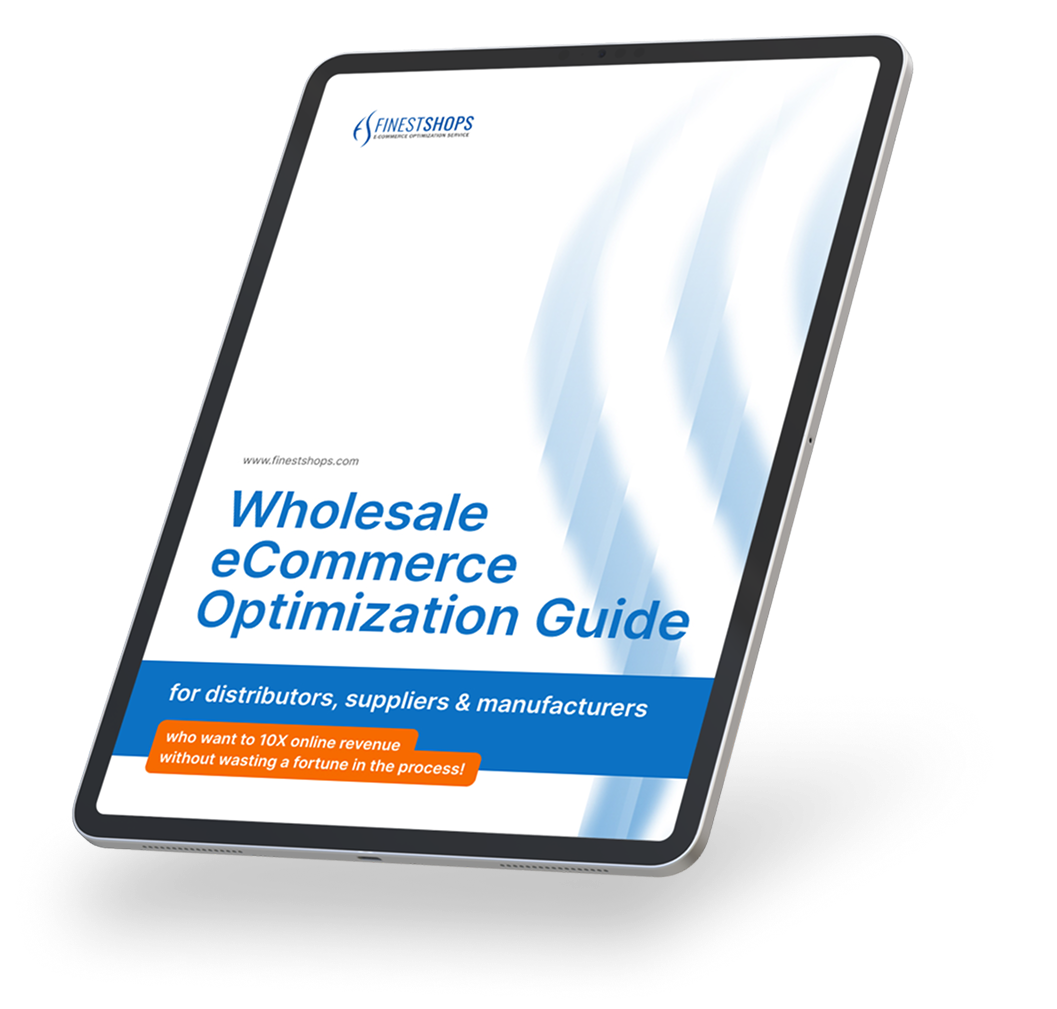In the e-commerce era, a company is only as good as its ability to deliver products to customers’ front doors quickly, accurately, and affordably. In fact, according to Marla DiCarlo of Raincatcher, a business valuation is based on both financial and non-financial data, with delivery infrastructure being a characteristic on which many buyers will place a premium when assessing a company’s worth.
While there are many factors to consider when looking at a company’s delivery infrastructure, last-mile challenges–issues created in getting a product from the final checkpoint to the customer’s front door–continue to give e-commerce retailers the preponderance of delivery headaches in 2021. The following breakdown looks at 5 of the most prevalent last-mile delivery problems and provides some straightforward solutions on how to solve them.
1. High Delivery Costs

Of the myriad last-mile problems facing e-commerce retailers in 2021, there is arguably none more significant than the crippling effect it has on delivery cost. Statistics show that for every dollar spent on shipping, $.53 of it goes toward the final leg of the journey.
This is particularly frustrating for e-commerce retailers because customers have come to expect free shipping as part of their online shopping experience. Some telling numbers gathered by Forbes show that:
- Half of a 3,000-subject survey indicated that they avoid all online retailers that do not offer free shipping
- 77% of the panel revealed that they abandon online carts when they see that the order will not qualify for free shipping
- 84% said that they have specifically made purchases to capitalize on free shipping
This has left online retailers little choice but to offer free shipping for their products. The problem is that this model is completely unsustainable for smaller companies. Businesses that absorb shipping costs are increasingly missing profit targets, with profits being reduced by as much as 3X on some free-shipping orders.
Solution: Find creative ways to encourage large orders to spread expensive last-mile delivery costs over multiple items.
2. Unpredictable Elements
When customers click the “buy now” button on an e-commerce order, they expect to receive a seemingly minute-by-minute breakdown of where their order will be along its journey to their front door. With large platforms such as Amazon and Walmart+ setting the standard for e-commerce delivery, customers are increasingly reliant on online delivery estimates to guide their shopping behavior. For instance, customers are waiting until the last minute to buy holiday gifts or important business supplies online, with any delays unacceptable. In fact, 46% of online shoppers indicate that they would stop shopping with an online retailer after a single delivery delay.
This creates a significant challenge for online retailers looking to “deliver” on their delivery estimates, as there are a number of factors that can derail a delivery schedule, including:
- Increased delivery traffic clogging suburbs and downtown districts
- Ongoing construction in many parts of the country
- Weather and natural disasters
- Driver error or incapacity
Solution: Communication is the key. Invest in the latest delivery tracking software to keep customers updated and make amends for any delivery delays.
3. Hard-to-Reach Addresses

Every year since the housing crisis of 2008, the number of new-start homes–those homes that break ground on construction in a given year–has steadily increased in the United States. The number of new-start homes for 2022 is forecast at a whopping 1.23 million.
The proliferation of e-commerce has led to increased orders for construction materials and home furnishings delivered to these areas. The problem is that many of these new starts do not have well-defined addresses that show up in GPS programs, creating painstaking last-mile difficulties in which drivers cannot pinpoint where items should be dropped.
Solution: Invest heavily in delivery planning and route coordination, giving drivers a fallback for delivering items in the event that GPS fails them.
4. Outdated Technology
Simply having online tracking is not good enough in 2021. The world has gone mobile, and with the continued unveiling of 5G technology and the development of the Internet of Things, companies will be under greater pressure to have intuitive mobile apps that allow customers to shop, order, and track delivery with a swipe of their thumb.
Despite this mobile movement, a 2020 last-mile study conducted by SOTI and Arlington Research discovered that nearly half of all e-commerce retailers felt like their technology was outdated, creating an atmosphere ripe for communication breakdown and customer dissatisfaction.
Solution: Invest in the latest logistics software. Install GPS tracking and add IoT capabilities to delivery vehicles, where possible.
5. Driver Shortages
The driving industry has historically been dominated by older professionals with lower levels of formal education. With the initial wave of the COVID-19 pandemic slowing commerce and reducing the need for drivers, the subsequent boom in online retail has not been met with a commensurate uptick in qualified drivers, as many of these older professionals have opted for early retirement as opposed to risking their health by driving across the country to potential areas of infection.
In the wake of this exodus, younger, more highly-educated workers have not been eager to fill the void. In fact, some companies are turning to immigration programs to train drivers abroad and bring them to the United States on emergency work visas to alleviate the pressure. Despite these efforts, the driver shortage in the United States is expected to swell to over 100,000 by 2023.
Solution: Consider pairing with specialized last-mile delivery firms to handle all of your company’s delivery needs.
How to Solve the Most Common Problems in Last-Mile Delivery
Last-mile delivery continues to create many challenges for e-commerce retailers in 2021, with high delivery costs, unpredictable elements, hard-to-reach addresses, outdated technology, and driver shortages a few of the issues facing the industry. By considering any of the solutions to these problems listed above, companies can help keep customers happy and secure as much profit as possible.
Guest Post by Greg Harris author of LogisticsMusings.com

